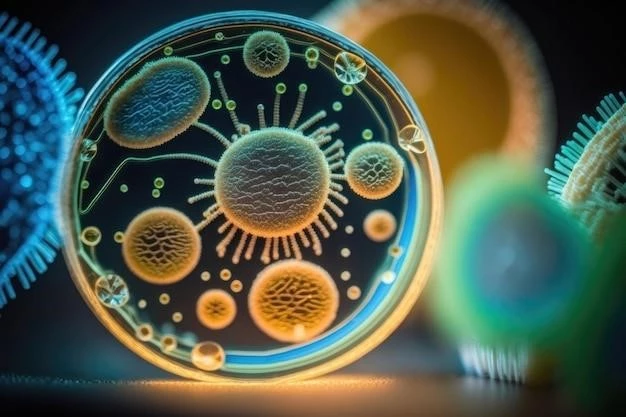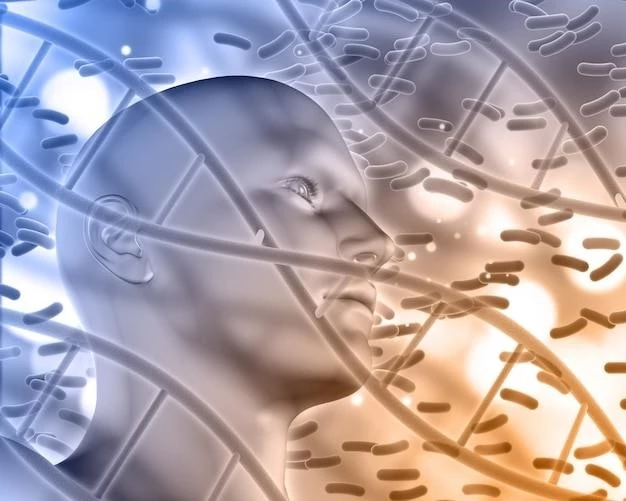Introduction to Vacuolar Myopathy
Autophagic vacuolar myopathy (AVM) consists of multiple rare genetic disorders with common histological and pathological features on muscle biopsy․
Autophagic vacuolar myopathy (AVM) is a group of rare genetic disorders characterized by the presence of vacuoles with sarcolemmal features in skeletal muscle․ These disorders exhibit abnormalities in autophagy and can lead to progressive muscle weakness․
Types and Variants of Autophagic Vacuolar Myopathy
Autophagic vacuolar myopathy presents with multiple rare genetic variants sharing common histopathological features in muscle biopsies․
X-linked Myopathy with Excessive Autophagy (XMEA)
Autophagic vacuolar myopathy encompasses various rare genetic disorders, including X-linked myopathy with excessive autophagy (XMEA), characterized by abnormal autophagy resulting in muscle vacuolation and atrophy․ The association with the VMA21 gene highlights the crucial role of genetic factors in this specific variant of autophagic vacuolar myopathy․
Danon Disease and Other Variants
Danon disease is considered a variant of autophagic vacuolar myopathy characterized by a deficiency in lysosomal-associated membrane protein-2 (LAMP-2)․ This group of disorders presents with specific muscle pathology involving autophagic vacuoles as the hallmark feature, distinguishing it from other myopathies․
Definition and Overview
Autophagic vacuolar myopathy (AVM) is a rare genetic disorder characterized by abnormal autophagy leading to muscle weakness․
Progressive Muscle Weakness
Clinically, individuals with autophagic vacuolar myopathy (AVM) commonly exhibit progressive muscle weakness, especially in the skeletal muscles; This weakness can impact daily activities and quality of life, underscoring the debilitating nature of the condition․
Diagnostic Challenges
Diagnosing autophagic vacuolar myopathy (AVM) can be challenging due to its rarity and the need for specialized muscle biopsies to identify the characteristic autophagic vacuoles․ Differential diagnosis from other myopathies and genetic testing for specific mutations play a crucial role in confirming AVM, adding complexity to the diagnostic process․
Pathological Features of Vacuolar Myopathy
Pathological features of vacuolar myopathy include the presence of sarcolemmal characterized vacuolar membranes in autophagic vacuoles․
Autophagic Vacuoles in Muscle Biopsy
In a muscle biopsy of patients with vacuolar myopathy, pathologists often observe the presence of autophagic vacuoles with sarcolemmal features․ These vacuoles are a distinct histopathological hallmark of this condition․
Histopathological Characteristics
The histopathological characteristics of vacuolar myopathy involve the identification of autophagic vacuoles with distinct sarcolemmal features in muscle biopsies․ These features serve as important diagnostic markers for this condition’s unique pathology, aiding in the differentiation from other muscle disorders․
Genetic Basis and Molecular Mechanisms
Autophagic vacuolar myopathy results from genetic abnormalities affecting autophagy processes in skeletal muscle, leading to muscle weakness․
Role of VMA21 Gene
The VMA21 gene plays a pivotal role in X-linked myopathy with excessive autophagy (XMEA), contributing to abnormal autophagy processes that underlie skeletal muscle pathology․ Understanding the molecular mechanisms involving the VMA21 gene is essential in comprehending the pathogenesis of this specific form of vacuolar myopathy․
Identification of Novel Mutations
Identifying novel mutations in the genetic basis of vacuolar myopathy is crucial for understanding the diverse molecular mechanisms underlying this condition․ Through advanced genetic testing methods and next-generation sequencing technologies, researchers aim to uncover new genetic variants associated with autophagic vacuolar myopathy, paving the way for personalized treatments and targeted interventions․

Differential Diagnosis and Comorbidities
The differential diagnosis of vacuolar myopathy involves distinguishing it from other myopathies and considering potential comorbidities, such as systemic lupus erythematosus․ Accurate diagnosis and management strategies are critical in addressing these aspects of the condition․
Distinction from Inflammatory Myopathies
Differentiating vacuolar myopathy from inflammatory myopathies is crucial due to distinct histopathological features and underlying mechanisms․ While inflammatory myopathies involve immune system-related muscle inflammation, vacuolar myopathy is characterized by the presence of autophagic vacuoles in muscle biopsy, highlighting the importance of accurate differentiation for appropriate management․
Association with Systemic Lupus Erythematosus
The association between vacuolar myopathy and systemic lupus erythematosus highlights the complexity of overlapping conditions and the potential impact of prolonged medication such as chloroquine therapy․ Understanding the interplay between autoimmune disorders and muscle pathology is essential for comprehensive patient care and management strategies․

Treatment Approaches and Management
Treating vacuolar myopathy often involves potassium supplementation to address the muscle weakness․ Additional considerations like steroid-induced myopathy may complicate treatment decisions․
Potassium Supplementation for Resolution
One of the treatment strategies for vacuolar myopathy involves the administration of potassium supplementation to address muscle weakness․ This approach aims to manage the symptoms associated with the condition and improve muscle function․
Steroid-induced Myopathy and Other Considerations
Steroid-induced myopathy is a recognized complication in some individuals with muscle weakness; Understanding the implications of steroid medications and their impact on muscle function is crucial in the overall management of vacuolar myopathy․
Research Advances and Emerging Therapies
Understanding the development of therapeutics for mitochondrial myopathy presents a promising avenue․ Additionally, unraveling the mechanistic basis of diabetic myopathy is crucial for advancing therapeutic strategies․
Development of Therapeutics for Mitochondrial Myopathy
Researchers are making progress in developing therapeutics for mitochondrial myopathy, focusing on addressing the underlying mechanisms and potential treatment options․ Understanding the molecular basis of this condition is crucial for advancing targeted therapeutic approaches․
Understanding Mechanistic Basis of Diabetic Myopathy
Diabetic myopathy remains an area of interest for researchers aiming to comprehend the underlying mechanisms contributing to muscle weakness in individuals with diabetes․ By delving into the mechanistic basis of diabetic myopathy, scientists aim to develop targeted therapeutic interventions to address muscle-related complications associated with this metabolic disorder․
Prognosis and Long-term Implications
The impact of vacuolar myopathy on quality of life and the potential for future treatments are crucial considerations in managing this condition․
Impact on Quality of Life
The impact of vacuolar myopathy on the quality of life is notable, affecting daily activities and potentially leading to challenges in muscle function and mobility․ Understanding the implications on the individual’s well-being is essential for comprehensive care․
Potential for Future Treatments
Exploring the potential for future treatments in vacuolar myopathy involves investigating emerging therapeutic strategies that target the underlying mechanisms of the condition․ Advancements in research hold promise for novel interventions aimed at improving outcomes and quality of life for individuals with vacuolar myopathy․
Conclusion
In conclusion, the diverse genetic variants and histopathological features of vacuolar myopathy present diagnostic challenges․ Emerging research on therapeutic advancements and understanding the molecular mechanisms offers hope for personalized future treatments to improve patient outcomes․
